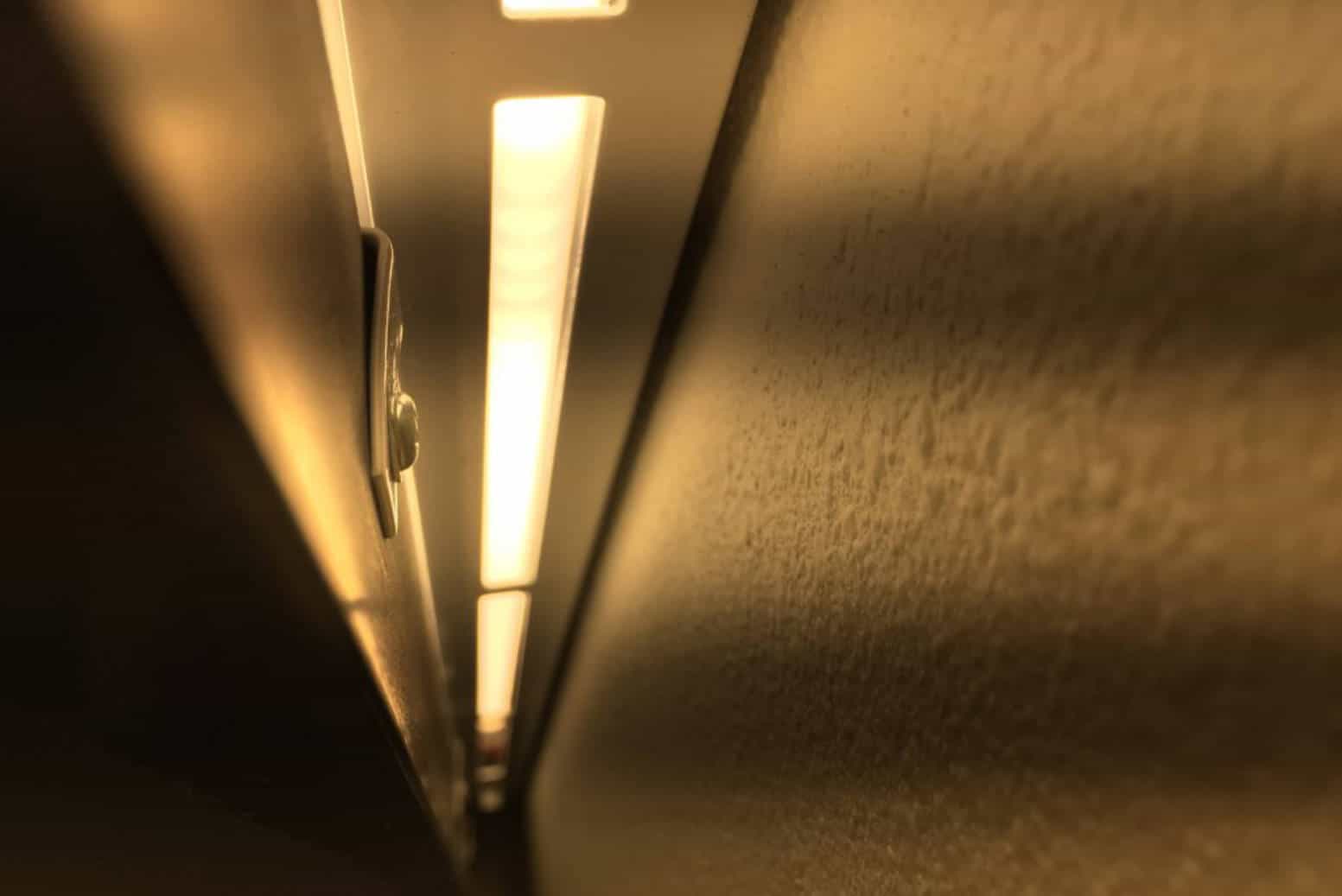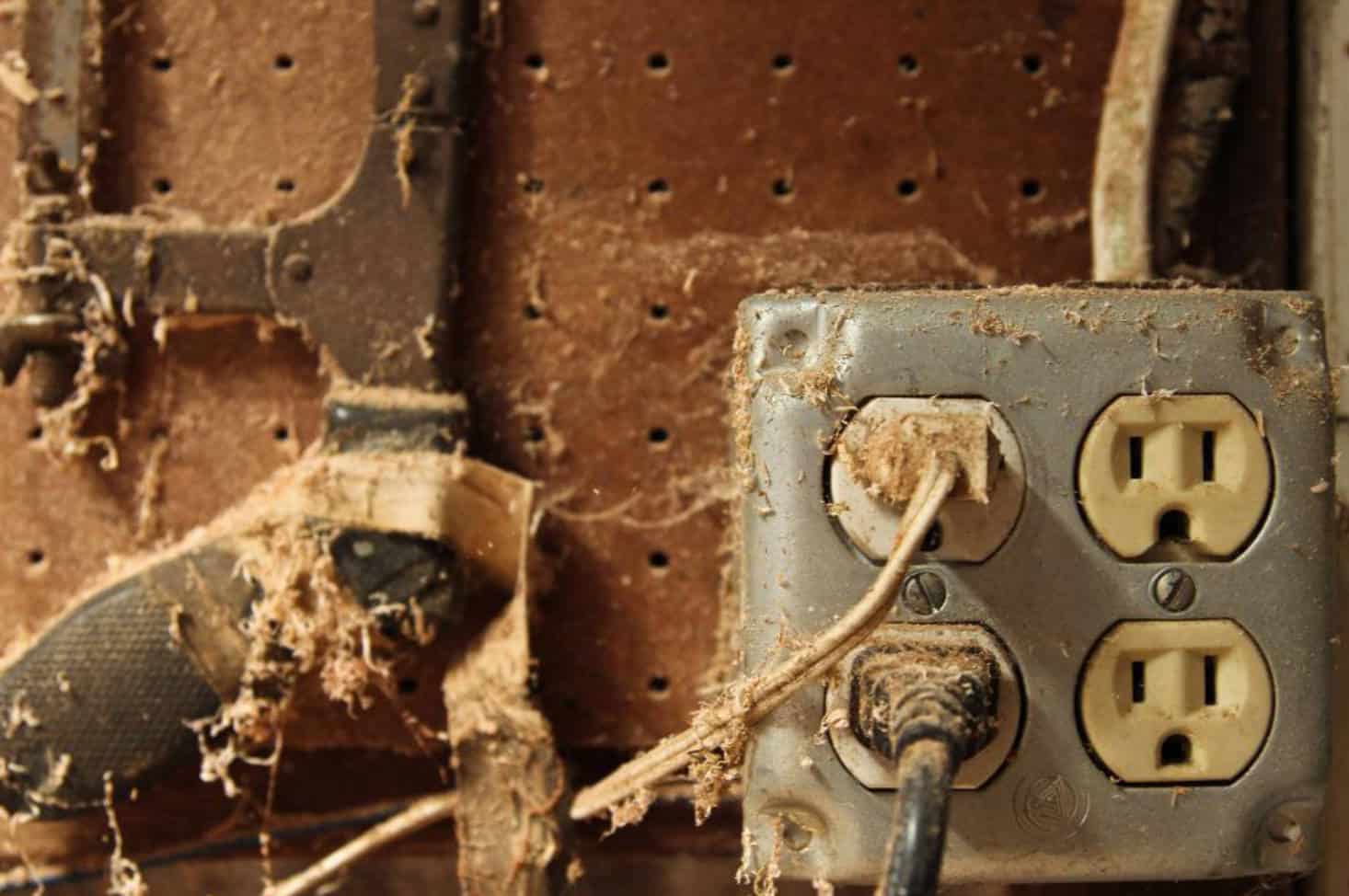Have you ever installed LED lights only to have them flicker for reasons unknown to you? While flickering is not particular only to modern LED lights, it happens often.
That said, what makes LED lights flicker? Can you avoid such occurrences? If it happens, how do you solve it? Here are your answers.
What Makes LED Lights Flicker?
Many things can make your LED lights flicker, ranging from poor-quality LED lights to incompatible dimmers. These causes can be categorized into two groups: internal and external causes.
Internal causes are factors within the LED lights themselves that cause flickering, while external causes are factors outside the LED lights.
Internal Causes
Low-quality LED lights
If you buy low-quality LED lights, flickering is one of the common problems you’d experience. Cheap LED lights are usually made with substandard components that make such lights perform optimally.
For instance, low-quality lights usually have plastic heat sinks or fans at their base, unlike the metal heat sinks that high-quality LED light bulbs have.
Fans or plastic heat sinks can’t manage heat efficiently as metal heat sinks do, causing problems ranging from flickering to outright damage.
Restructuring your LEDs
Changing the component structure of your LED lights will affect their performance. In fact, flickering will be the least of the problems. In worst cases, it might result in a fire hazard.
External Causes
Loose wiring
One common cause of flickering in LED bulbs is loose connections. If the LED bulb is not tightly screwed in and connected, it will flicker. There may also be some loose wires at the point of the fixture connection.
Since LED lights can only work when electricity runs through them, they will flicker if the electricity voltage is not stable because of the loose connection.
Incompatible LED dimmers And downlights
Dimmer incompatibility is the most common reason for flickering in your LED lights.
Using old dimmers designed initially for halogen lights or incandescent bulbs with your LED downlights will cause flickering as they aren’t compatible. Using non-dimmable LED bulbs on dimmer switches is won’t make your lights work as they should.
Other appliances
Sometimes, when you connect other appliances to the same circuit as your LED lights, there may be a lack of sufficient power to your LED lights, causing them to flicker.
For example, connecting your incandescent bulbs to the same circuit as your LED lights will cause a flicker because a traditional incandescent light is about 60W, drawing up all the power and leaving none for your LED lights.
It can also result from connecting heavier appliances such as your air condition, fridge, washer, etc., to the same power source as your LEDs.
Because LED lights are initially designed to use less energy, connecting them to the same circuit as other heavier appliances will further reduce the flow of currents they get, making them flicker.
Dusty sockets
Over time, dust may accumulate in your LED bulbs and sockets, causing them to flicker. If you have not wiped your sockets and bulbs in a long time, now is a good time to do so because dust and dirt may be the reason your lights aren’t working perfectly.
Grid disturbances
With electricity, there is such a thing as ripple control, which allows electricity suppliers to manage the high electricity demand. It is commonly used in Australia.
Without this ripple control, electricity grids wouldn’t be able to cater to the electrical needs of everyone. The ripple control reduces the energy supply to your appliances, which is especially noticeable in LED lights because it causes a flicker.
This ripple usually occurs during the ‘off-peak’ periods – late at night or early in the morning. Other grid disturbances may be due to other electrical loads.
Even when the energy supply drops, most household appliances still consume the same amount of energy, leaving little power supply for your LED lights.
Do LED Strip And String Lights Flicker?
Asides LED light bulbs, strip and string lights can also flicker for quite a couple of reasons. Here are some of them:
Inappropriate power supply
One possible reason for your LED strips is an inappropriate power supply. Sometimes, your LED strip lights require a particular type of power to operate that your power supply doesn’t give.
In such cases, the strips flicker, and their components may become damaged.
Continuous running
Another reason why your LED strip lights flicker is continuous usage. When you leave your strip lights running for too long, the voltage they receive significantly reduces, causing flickering.
It is advisable not to leave your LED strip lights running for hours on end. Turn them off when they’re not in use.
Poor connection
Poor wiring connections can also make your LED strip lights flicker. When the lighting cables are not correctly connected, the power supply to the strip lights is cut short.
Always make sure that the wires are correctly connected.
How Do You Make Your LED Lights Stop Flickering?
Having discussed the primary reasons that cause your modern LED lights to flicker, here are solutions to each:
Screw your LED lights tighter
In cases where the LED bulbs flicker because they are loosely connected with the socket, the first thing you should do is to screw in your bulbs tighter.
You also want to make sure that they’re not too tightly screwed in so that they don’t crack. Where there is loose wiring at the point where the fixture is connected, call your electrician to fix those loose wires and retighten them.
Get compatible LED dimmers.
If you discover that your LED lights and dimmers are not compatible, replace your non-dimmable LEDs with dimmable ones so that they can work with your dimmer switches.
Also, invest in quality dimmers that are more likely to be compatible with your lights instead of buying cheap ones. If you have to, upgrade to an optimized dimmer such as LED dimmers with the on/off switch.
Get a good power supply.
You must get good LED drivers to provide a constant energy supply to your lights. Your LED lights need a regular current driver or a constant voltage driver.
The type of driver your LED lights need depends on the design of LED light fitting. The current driver ensures that the current is constantly supplied regardless of any power fluctuations.
Most LED lights usually require a regular current driver. As long as there is constant current, your LEDs will not flicker.
Clean your sockets
It would be best if you cleaned out dusty sockets by brushing away all built-up dust in and around them. Don’t forget to unscrew the bulbs and make sure to turn off the power supply to the sockets before starting to clean them out.
Have separate circuits for your appliances
To prevent your LED lights from flickering, you should have a separate circuit for your lights. Appliances that require a lot of power should be connected to a different power source.
This way, there is no interruption of the flow of electricity to other devices like your LED lights.
Want LED Lights That Don’t Flicker? Here’s What To Do
Research shows that, on average, your LED lights could be used for up to 50,000 hours, which is about five years if properly maintained. However, below is what you must do to make that your reality:
- Buy high-quality LED lights: Instead of buying cheap products, invest and purchase high-quality LED lights that last. Before choosing LED lights, check for the appropriate temperature, color, output, and the best suitable application of the light fixtures. Make sure to select lamps with an excellent thermal management system, as this will increase the lights’ lifespan. Don’t forget to read the user manual. If the lights aren’t used according to the manufacturer’s instructions, they will flicker or spoil. The manual gives you all the necessary warnings to take note of.
- Clean your lights regularly: the build-up of dust and debris could cause issues in and around your LED lights, making them flicker. Your LEDs and sockets need regular maintenance and cleaning to function correctly. It is important to note that you should never clean your LED lights with water. All cleaning and dusting should be done with a dry cloth.
- Avoid high temperature and humidity: The environment where the LED lights are stored, and work is critical. An environment that is too hot or has high humidity will affect all the electronic components inside and shorten its lifespan. LED lights already produce a certain amount of heat, so using them in hot places for a long time can cause cracks in the air inlet and areas where all the different materials are joined.
- Have a stable power supply: If you have a circuit that supplies excessive currents too high for the LED to handle, you run the risk of the light burning or having some parts of your LED drivers being damaged. Likewise, when the current is too low, your lights would not get enough power supply, causing them to flicker.
Summary
LED lights are fast becoming the most popular indoor and outdoor lights. Ensure you buy high-quality lights for optimal performance and save you the stress of dealing with flickering lights.
Also, provide a stable, regular power flow to your lights and avoid connecting them to the same circuit as other appliances.






